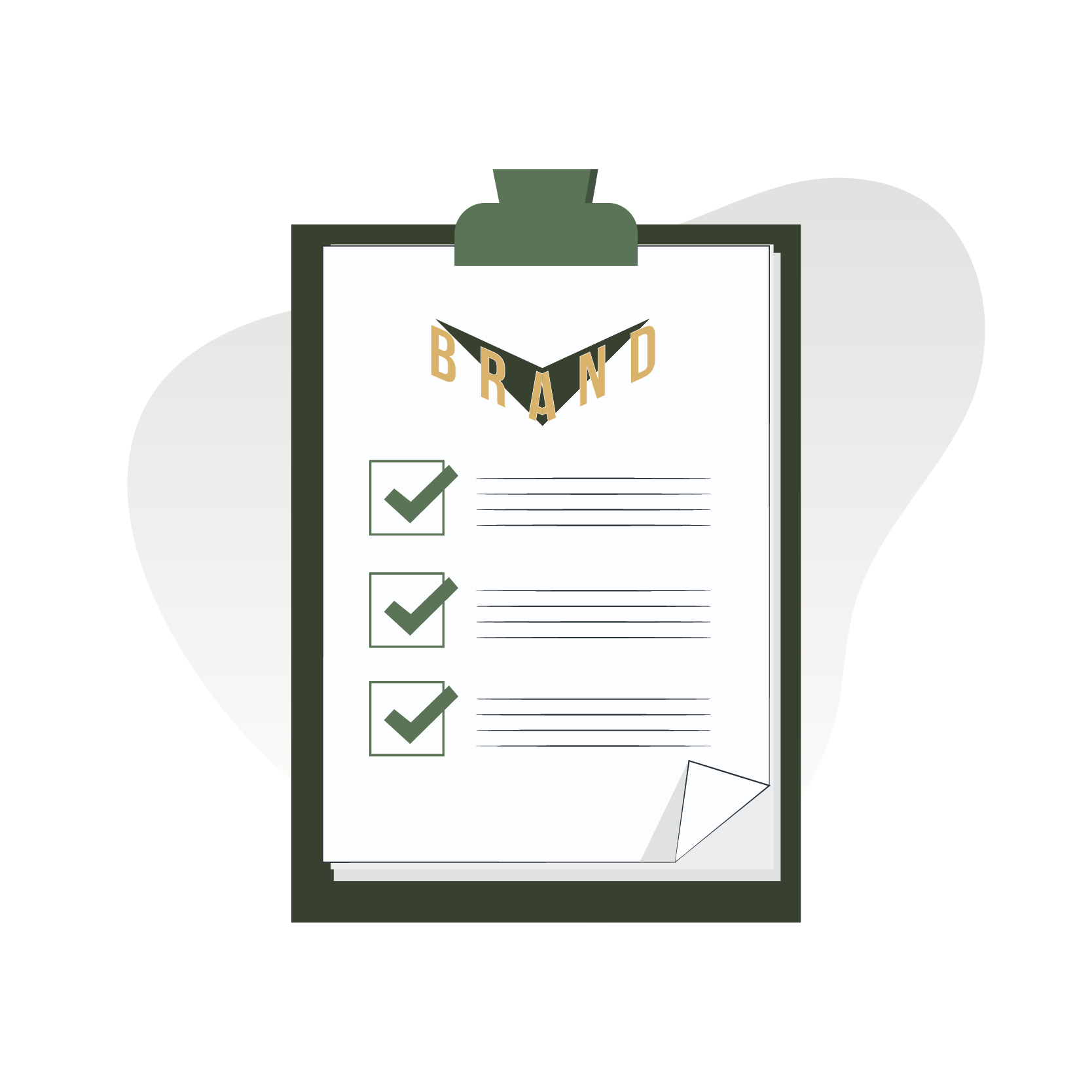
I hope you enjoy reading this blog post.
If you want me to do your marketing for you, click here.
Coffee Shop Branding
If you're a small independent coffee shop, branding is an important component of growing your small business. As a business owner, you should consider branding from three lenses: your products, your coffee shop's brand experience, and your online presence.
Products
Branding your product is the first phase in coffee shop branding.
Your coffee shop should brand both your durable and single-use products. Branding durable products is a key component of builder brand familiarity. Such products include your ceramic coffee cups, staff shirts, menus, overhead sign, and promotional products.
Branding single-use products is critical too; they are an active ingredient in the brand experience. Single-use products that your coffee shop may consider branding include napkins, takeaway coffee cups, and confectionery boxes.
Brand Experience
Considering your coffee shop's brand experience helps you create intangible value for your business, as part of your branding.
Brand experience is how the customer feels when engaging or interacting with a brand. Brand experience includes elements such as:
- Feelings (e.g., I have a strong positive attitude towards La Forêt cafe),
- Cognitions (e.g., I think La Forêt is the coolest place to work in Burnaby. I also think the beverages and staff are fantastic), and
- Behavioral responses (e.g., I go to La Forêt almost every day; I purchase frequently and predictably. I advocate for the cafe of my own accord and choose to leave a detailed, glowing, and unsolicited Google review).

See how I can help your tea or coffee business sell more products.
- Strategy: Get a clear direction with insightful marketing and branding strategies.
- SEO: Get colossal amounts of SEO traffic. See actual results.
- Content Marketing: I create epic content that gets you traffic, shares, and links.
- Paid Media: effective paid advertising with clear ROI.
In the case of coffee shops (and tea rooms), your brand experience is effectively your customer experience. While large coffee brands have larger marketing budgets, more brand recognition, and purchasing power, small coffee shops have the ability to create authentic emotional connections with their clients.
The physical environment is also an element of brand experience that cafes can use to differentiate themselves and create a memorable brand. Where large coffee chains seek to standardise the cafe experience (e.g., strive to make each store a slightly different version of the same place) to build consistent brand associations, coffee shops have the opposite opportunity.
If a coffee shop has the means, creating a highly memorable (and photogenic) cafe environment can significantly increase brand recognition, venue recognition, and foot traffic. La Forêt implements such a strategy and is a highly recognized, widely visited, and highly reviewed cafe in Vancouver.
"Coffee shops, like La Forte, can benefit by linking experiential marketing with their local SEO strategy. If you want to learn how, contact me today."
Online Presence
Improving your online presence increases your cafe's brand prominence.
The websites of local coffee shops should offer an excellent user experience. They should also incorporate local SEO and social media marketing into their digital marketing strategy.
SEO focuses on improving the quality and quantity of traffic driven to your website by search engines, such as Google and Yahoo. Local SEO is a subset of search engine optimization (SEO). Local SEO has a similar focus on increasing your website visibility but doing so within a specific geographic market, thereby increasing your exposure to potential customers in your business area.
You can build your coffee shop's online presence by focusing on local SEO and, to a lesser extent, standard search engine optimization (SEO).
Researching and optimizing your website for keywords is an important component of both SEO and local SEO. But in each case, the nature of your target keywords differ. For example, a large coffee chain may try to rank for the keyword "best cappuccino", but a small coffee shop may try to rank for "best cappuccino in Vancouver". Should the independent cafe be successful in this endeavor, the business will be featured in the search results.
"To improve your online presence, cafes should consider tactics like link building, Google My Business optimization, and increase their visibility in the map pack."
Google My Business is a particularly impactful tactic that coffee shops can implement quickly, and see results from. The tool allows you to showcase your venue (e.g., photos), make your business's address prominent, and inspire Google My Business views to visit your store by showcasing your reviews and answering common questions.
When setting up social media accounts for your cafe, it's important to keep in mind which social media channels will be most advantageous to your businesses. For example, cafes can perform strongly on Pinterest, Instagram, and, in some cases, TikTok.
When each of these online efforts combine, it's likely that your cafe will grow and your brand will be recognizable.
Scaling A Brick And Mortar Coffee Shop Into $25 Million Brand
Case Study: Phil & Sebastian
Phil & Sebastian started as a small coffee company in Calgary, Canada. The brand's earliest distribution channel was at a Farmer’s Market in 2007.
The brand received some PR from a local food critic who ran an article about the brand in a local newspaper. This lucky break gave the brand prominence, publicity, and legitimacy in the coffee community. Phil & Sebastian quickly became a sensation.
Phil & Sebastian made a strategic call to begin roasting and selling coffee beans, expanding their product line and brand. The two founders (guess each of their first names) purchased a sample roaster and some green coffee, and began experimenting.
Unfortunately, product quality was not satisfactory in early batches as the “beans looked gorgeous but tasted terrible”. The founders spend 15 months going to great lengths to improve product quality, before transitioning from sample production to market-ready production.
When Phil and Sebastian's owners began bringing their product to market, they committed to not selling their roasted coffee until it was as good as the purchased coffee beans they were currently using. Products were not brought to market if they fell short of the brand's quality expectations.
“We threw away and donated more coffee than I care to think about.”
This violates some business advice that is commonly given to entrepreneurs, including tea and coffee entrepreneurs.
“If you are not embarrassed by the first version of your product, you've launched too late.”
Early movement and inferior products may work well in technology markets. However, applying such tactics doesn’t usually work in commodity markets (e.g., tea and coffee) because consumers have specific quality expectations and many choices.
Phil & Sebastian decided to purchase directly from suppliers, which involved much upfront work and less predictability early on, but ultimately resulted in more product control and better margins. Once Phil & Sebastian established their supply chain, they invested in innovation. They also innovated on business processes to pursue product quality improvement.
Phil & Sebastian leverage experiential marketing in event partnerships to deepen the brand's relationship with consumers in the local market. They also actively strengthen their reputation for making great coffee by encouraging a number of their baristas to enter into relevant industry competitions (e.g., Canadian Barista Championships).
Phil & Sebastian benefits from being a well-known local brand, with a reputation for high-quality coffee; it has branded its coffee shops on such a reputation. At the time of writing, Phil & Sebastian has a strong website that gets around 9.4K organic monthly visitors, which is a strong sales channel for the company.
|
Company |
Domain Authority |
Monthly Organic Traffic |
Backlinks |
Business Model |
Notes |
|
Starbucks |
74 |
26.4M |
3.9M |
Coffee chain |
The market-leading out-of-home coffee brand globally. |
|
Tim Hortons |
50 |
1.1M |
240.2K |
Coffee franchise |
A large out-of-home coffee brand in the Canadian market. |
|
Kicking Horse Coffee |
49 |
51.6K |
13.6K |
Super-market distri-bution |
Coffee roaster focused on the Canadian market. Not a coffee shop. |
|
Phil & Sebastian |
44 |
9.4K |
9.4K |
Brick and Mortar |
Coffee shop and roaster. Focus on the Calgary market. |
|
Rosso Coffee Roasters |
41 |
8.1K |
2.4K |
Brick and Mortar |
Coffee shop and roaster. Focus on the Calgary market. |
|
La Forêt |
17 |
13.5K |
260 |
Brick and Mortar |
Trendy cafe in Burnaby, BC. Focus on the Vancouver market. |
Key Takeaways For Branding Your Coffee Shop:
- PR, including digital PR, is a tactic that your coffee shop can leverage to gain prominence
- Brand your coffee shop by having a clear value proposition
- Focusing on the local market is a key to profitability and, if you wish, expansion
- If you build a strong brand for your cafe, you can leverage local favouritism
Get Your Quote Featured
I invite you to share your insights and opinions about coffee shop branding if you own a coffee shop or cafe.

Different Your Brand In The Market.
Purchase your brand strategy so your business can connect with your target market.

Resonate With Your Target Market.
Speak consistently as a brand across channels by purchasing your brand communication guidelines.

Ensure Your Brand Is Remembered.
Create a consistent look and feel for your brand. Purchase your brand identity guidelines now.


I hope you enjoy reading this blog post.
If you want me to help you to sell more coffee and tea, book a call.




